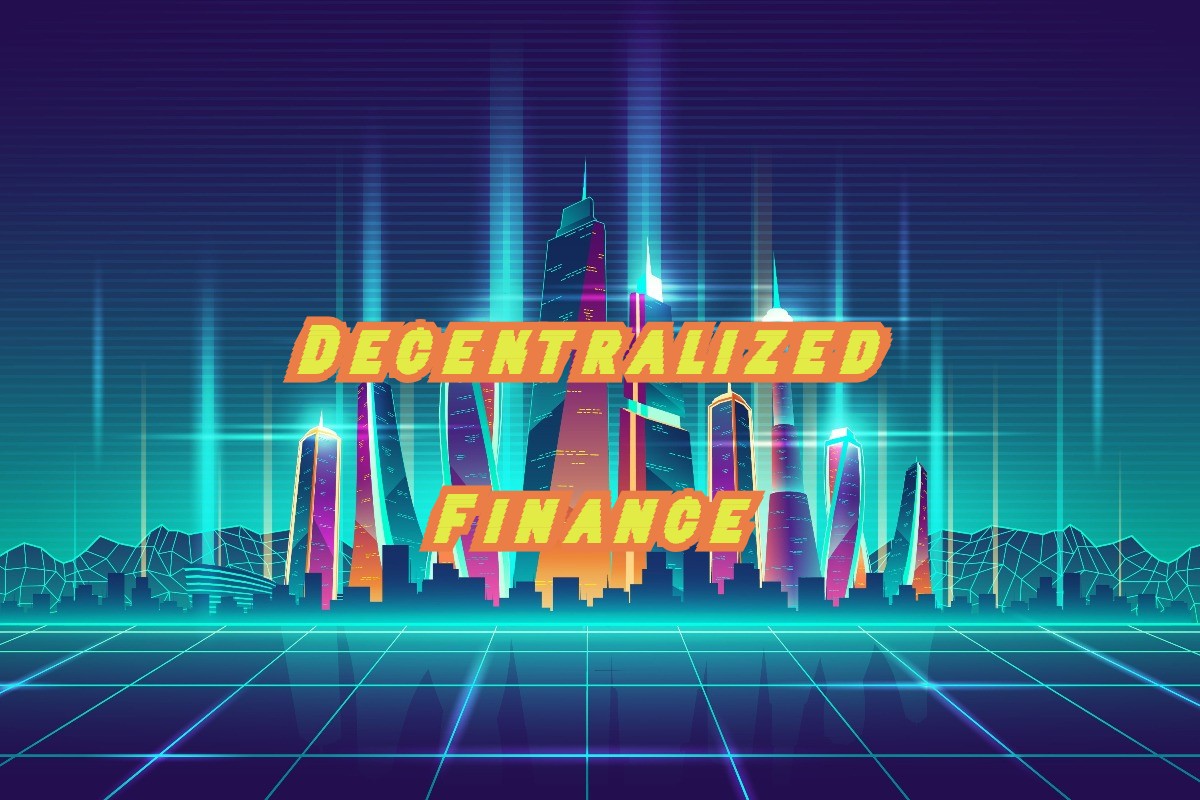It is no longer news that decentralized finance provides crypto holders with a myriad of opportunities to earn passive income. While this is a known fact, I believe that it does not tell the whole story. DeFi landscape is not easy to read as it appeared to be.
Although DeFi’s narrative has successfully captured the attention of crypto investors, there are not enough educational materials out there that encapsulate the workings of the growing horde of protocols responsible for DeFi’s astronomical rise as the new “poster child” of the crypto market.
Is DeFi too unpredictable to trust?
Some argue that the fast-paced nature of this emerging sector makes it almost impossible to identify and track income-generating opportunities. Conversely, others blame the intricate concepts associated with DeFi.
I recently had the opportunity to talk to Viktor Radchenko, founder of Binance’s Trust Wallet, and while exploring the intricacies of some of the quality protocols in this sphere, he agreed that DeFi offers unique profit-generating capabilities. According to Radchenko, the simplest way to identify the market dynamics of protocols with the potential of generating passive income is to track metrics on DeFi Pulse.
As a result of DeFi’s landscape evolution and changes, there’s no one way to quantify the rate at which the technology is altering conventional financial services. However, the most lucrative DeFi-optimized sectors at the moment are decentralized exchanges, lending and borrowing, derivatives, and assets.
The rise of Liquidity Mining
Uniswap, which falls under the decentralized exchange category, enables relatively cheap, flexible trades by providing liquidity pools for various crypto pairs. Since the protocol is fully decentralized, users are also tasked with the responsibility of providing liquidity. In turn, they automatically receive a share of the transaction fees generated from such liquidity pools. As Radchenko explained:
“So, what happens once you have staked these funds is that you will receive LP tokens, which allows you to have a share of the pool, and this is kind of how you get all the rewards based on how much trading happens.”
Just like Uniswap, protocols targeting the lending sector such as MakerDAO, Kava, Curve, Aave and Compound have developed unique models that let users earn rewards. The core principle of these platforms is to allow borrowers to collateralize digital assets and take out loans in other cryptocurrencies at better rates when compared with the yields from traditional lending services and banks.
DeFi enables stock & hard assets trades
Decentralized derivatives systems create virtual assets that can represent the value of real-word financial assets. The goal here is to expose crypto holders to a wide range of markets. When asked how plausible it is to trade Tesla on decentralized derivatives protocols in the near future, Radchenko responded that he believes this will happen sooner rather than later. He stated:
“Yes, you can. Maybe in the future. I think we are really close to making it happen, even though you won’t be able to trade the stock or the short of Tesla itself. But you will be able to speculate on the price of the Tesla stock.”
More protocols, less complexity
Lastly, Yearn.finance is another good addition to the DeFi landscape, as it boosts the earnings of participants. Instead of undergoing a plethora of processes to engage in more than one yield farming or other income-generating opportunity, you can optimize your earnings with the less cumbersome Yearn.finance protocol.
Source: Cointelegraph




